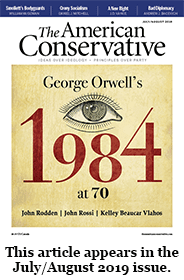The first sentence of the epilogue to Marion Turner’s biography of Geoffrey Chaucer (ca. 1342-1400) aptly summarizes the poet’s legacy: “Chaucer became a monumental poet, enclosed in a monumental tomb, with monumental volumes of his Complete Works functioning as the bedrock of the English national canon.” Among his achievements, he invented iambic pentameter, a meter so dominant that all poets writing in English must either embrace it or reject it.
Inspired by the vernacular works of Boccaccio, Dante, and Petrarch, Chaucer made theradical move from writing poetry in French to writing poetry in English. Boccaccio’s Decameron was also a model in other ways for Chaucer’s immortal Canterbury Tales, perhaps most notably with its realistic portrayals of people outside of the nobility. These portrayals continue to enchant and puzzle readers; “Chaucer Doth Tweet,” which comments on pop culture in Middle English, reaches over 89,000 Twitter followers.
Turner, an associate professor of English at the University of Oxford, exaggerates when she refers to a “Chaucer biography industry,” but it is true that significant documentary evidence about his life has encouraged biographers. The first of several dozen biographies is John Leland’s brief 1540 biography in Latin; the most recent is the 2015 book by one of Turner’s Oxford colleagues, Paul Strohm.
Read Full Article »





